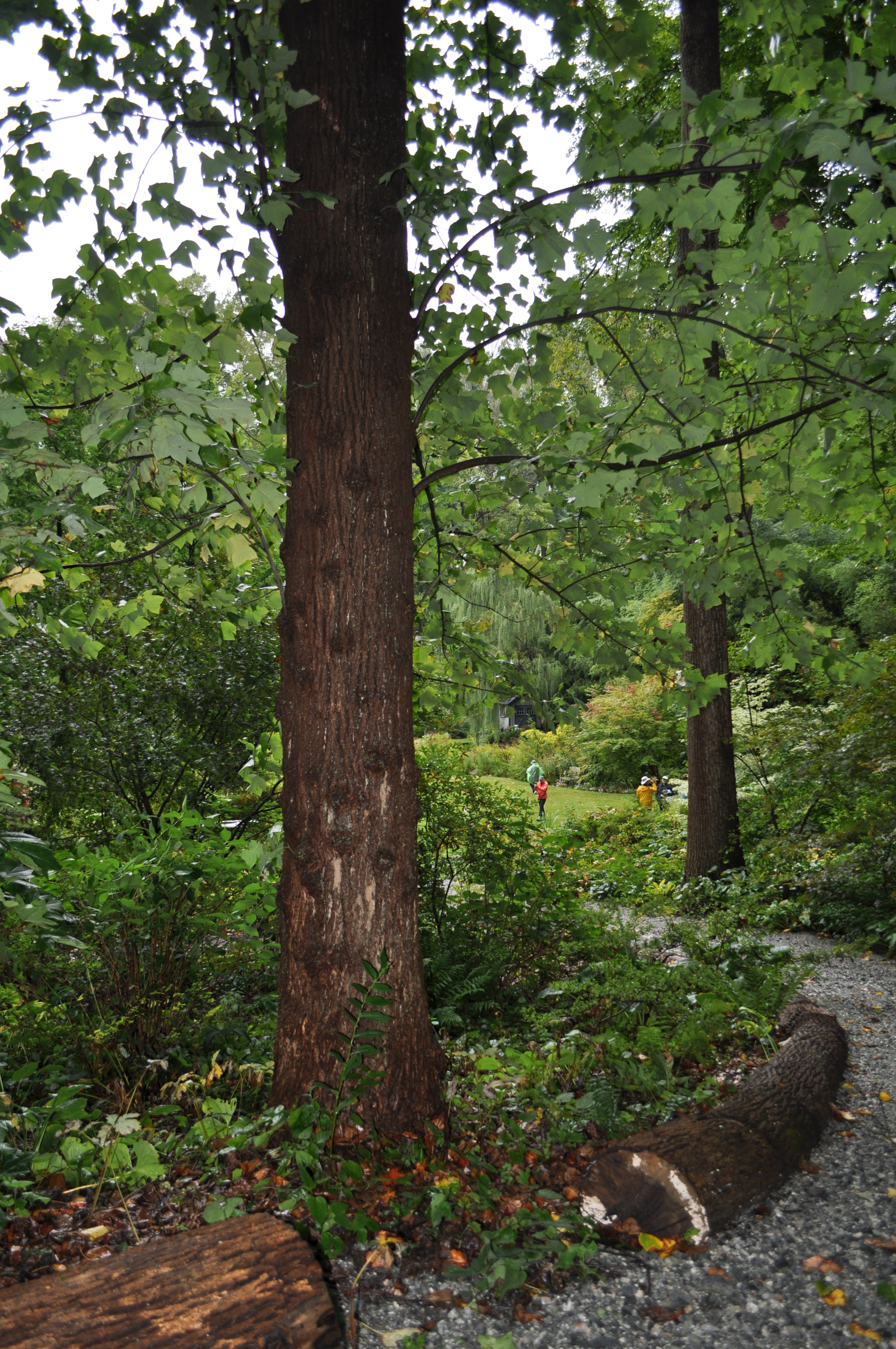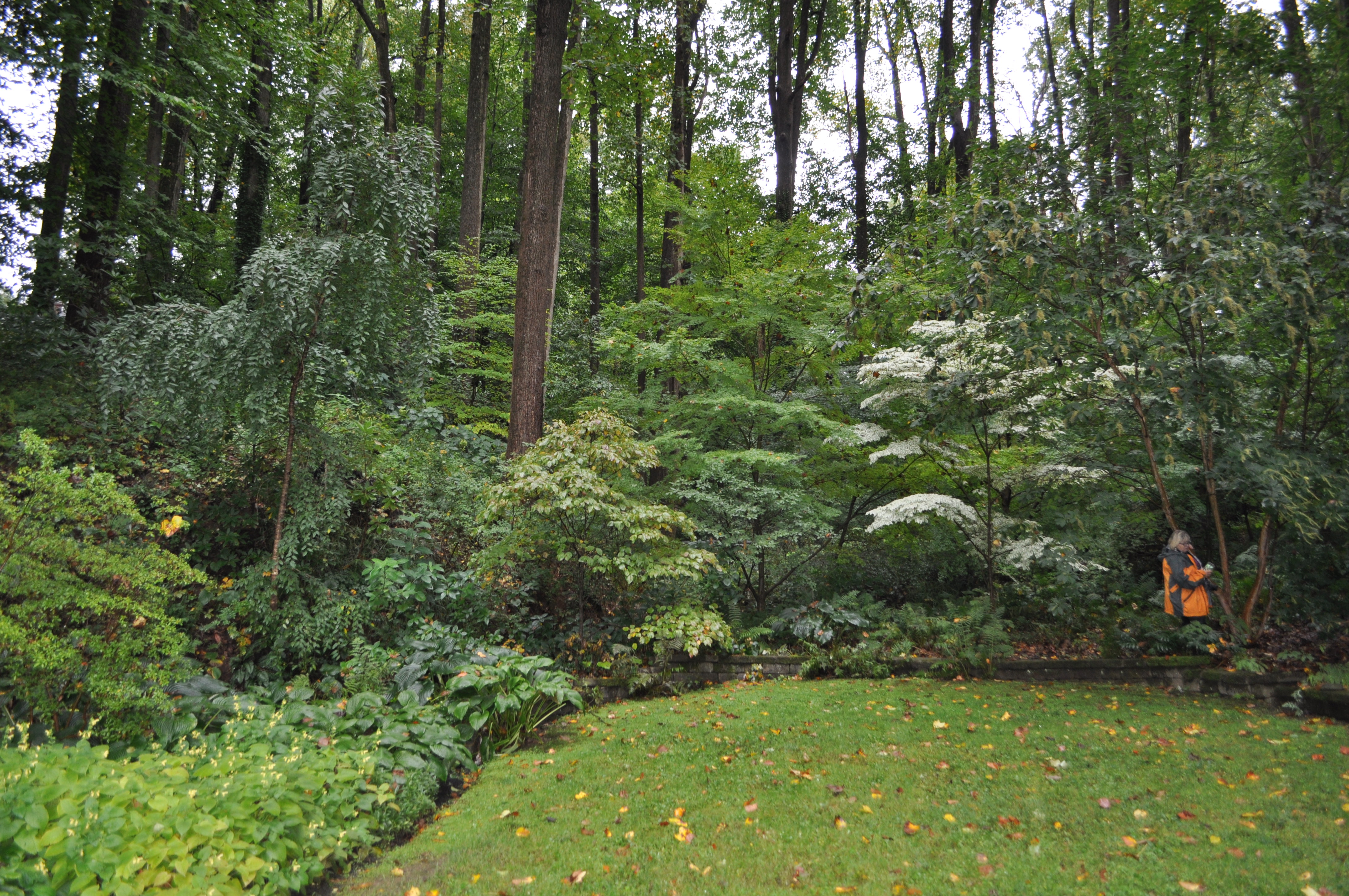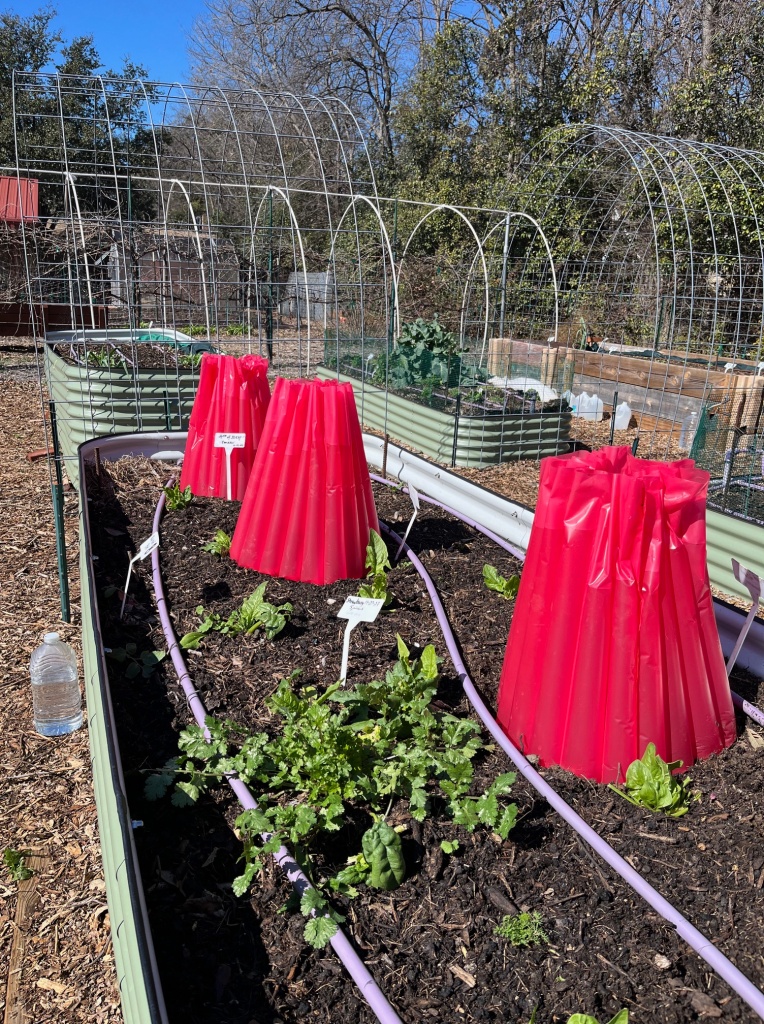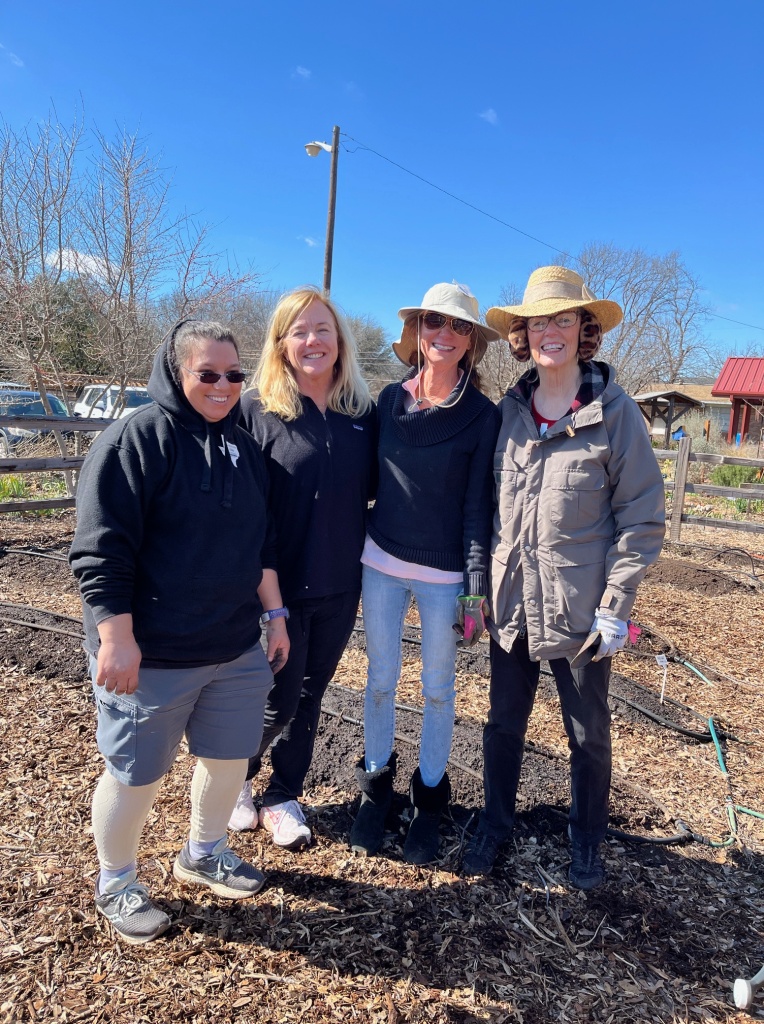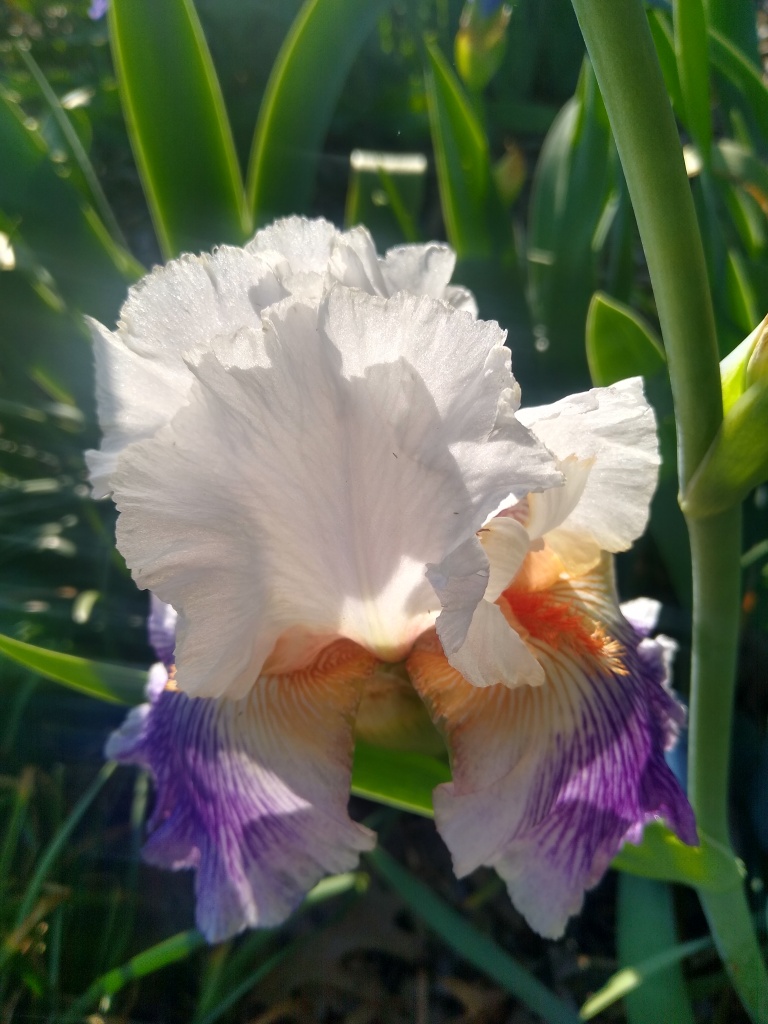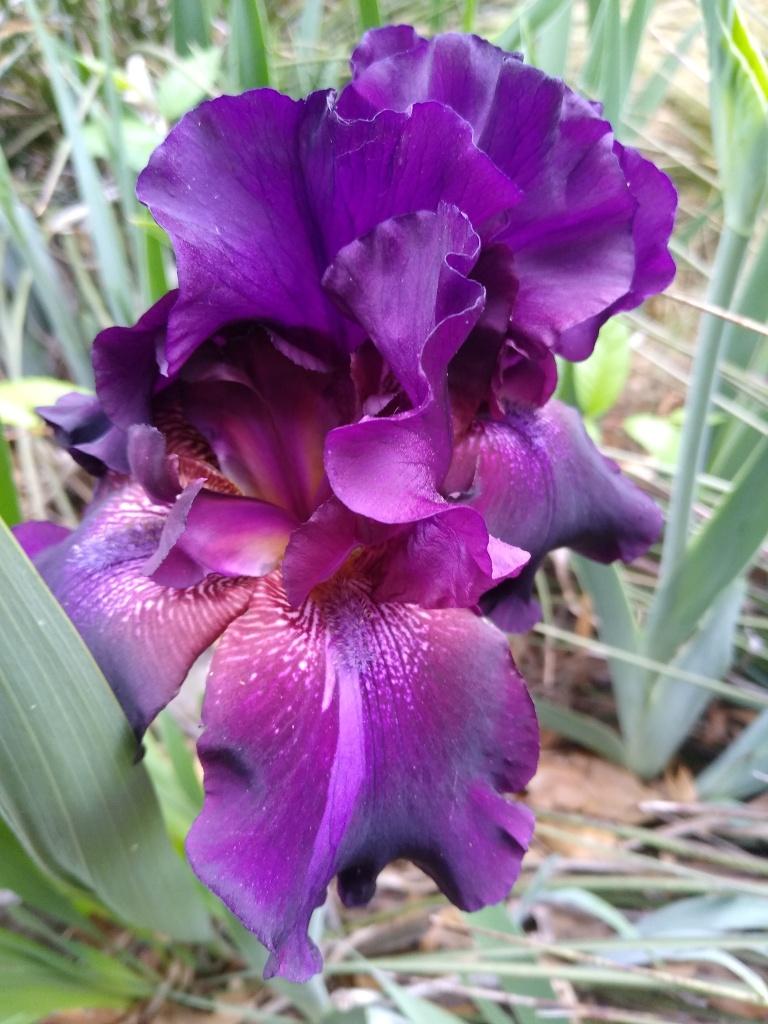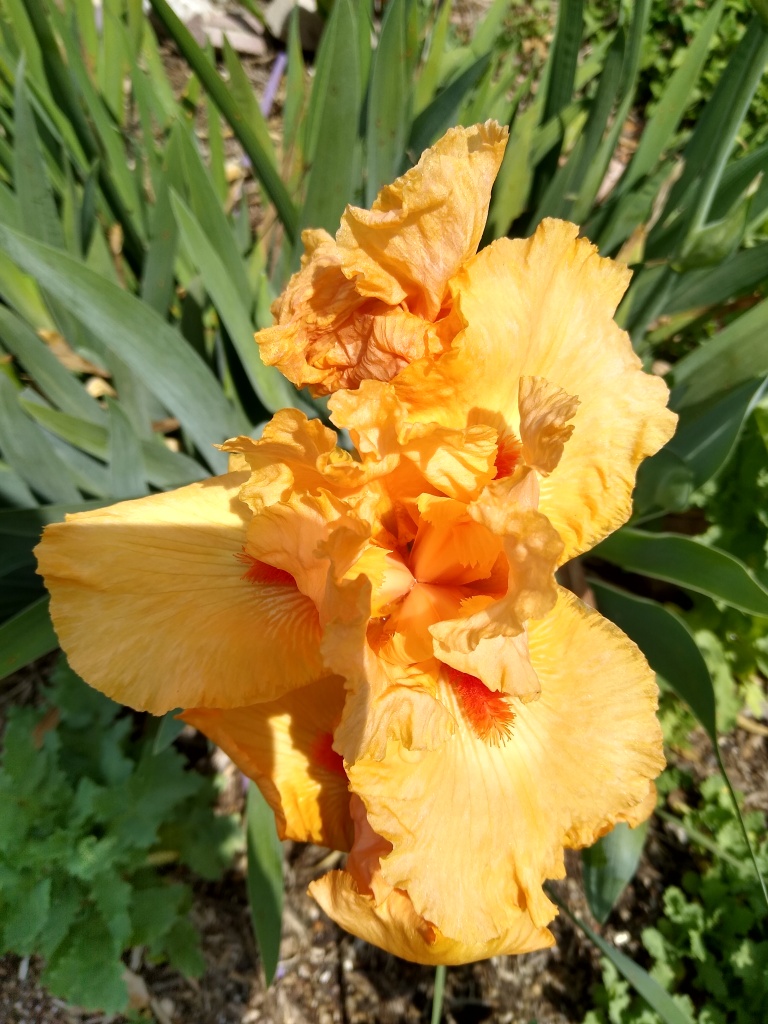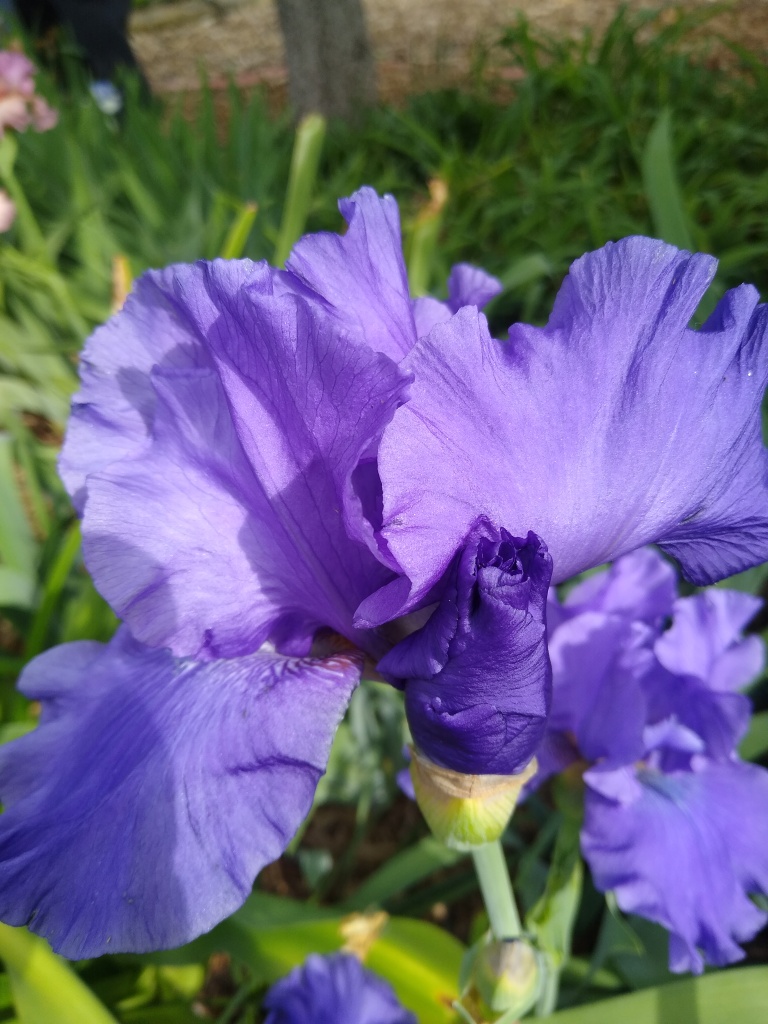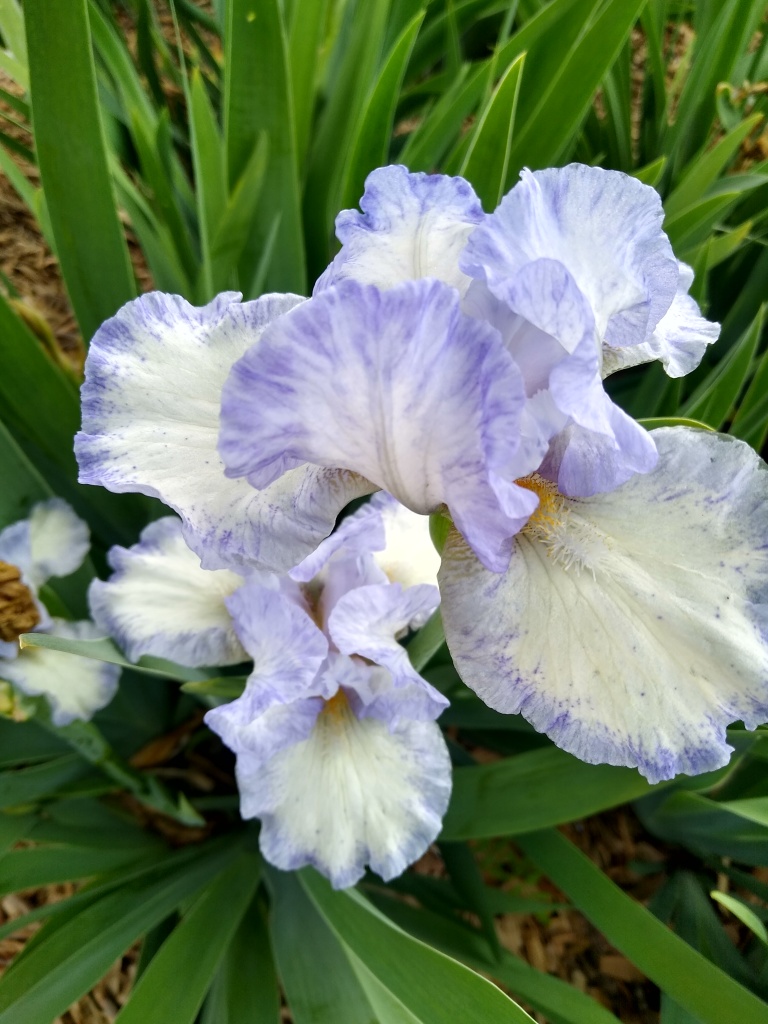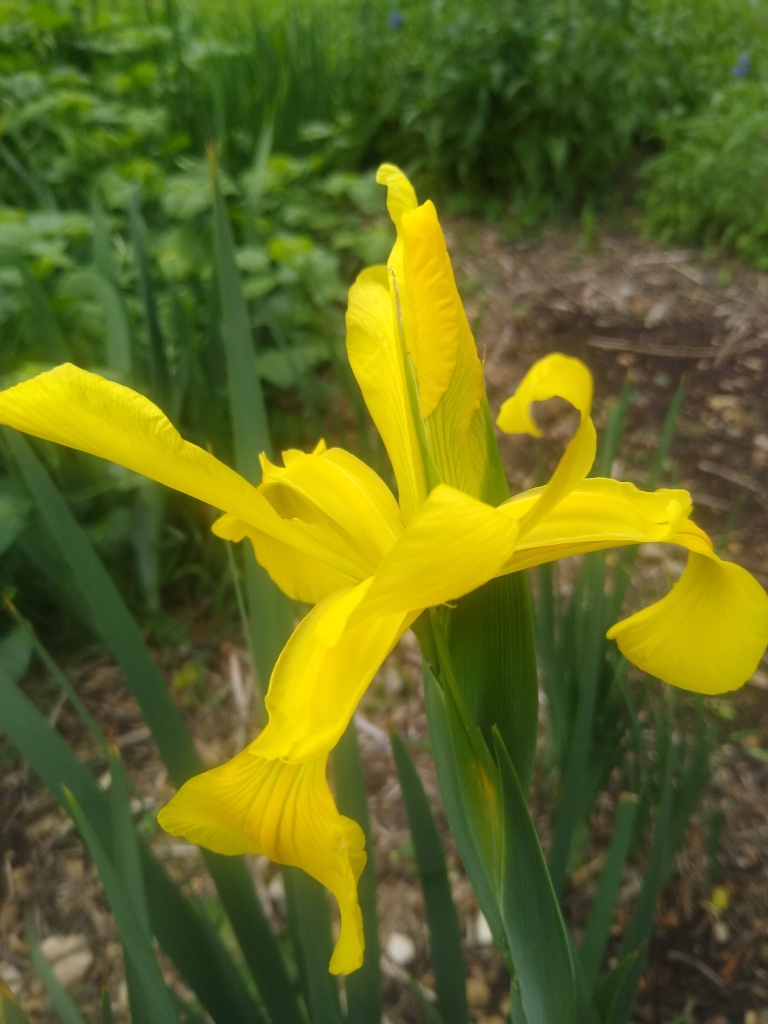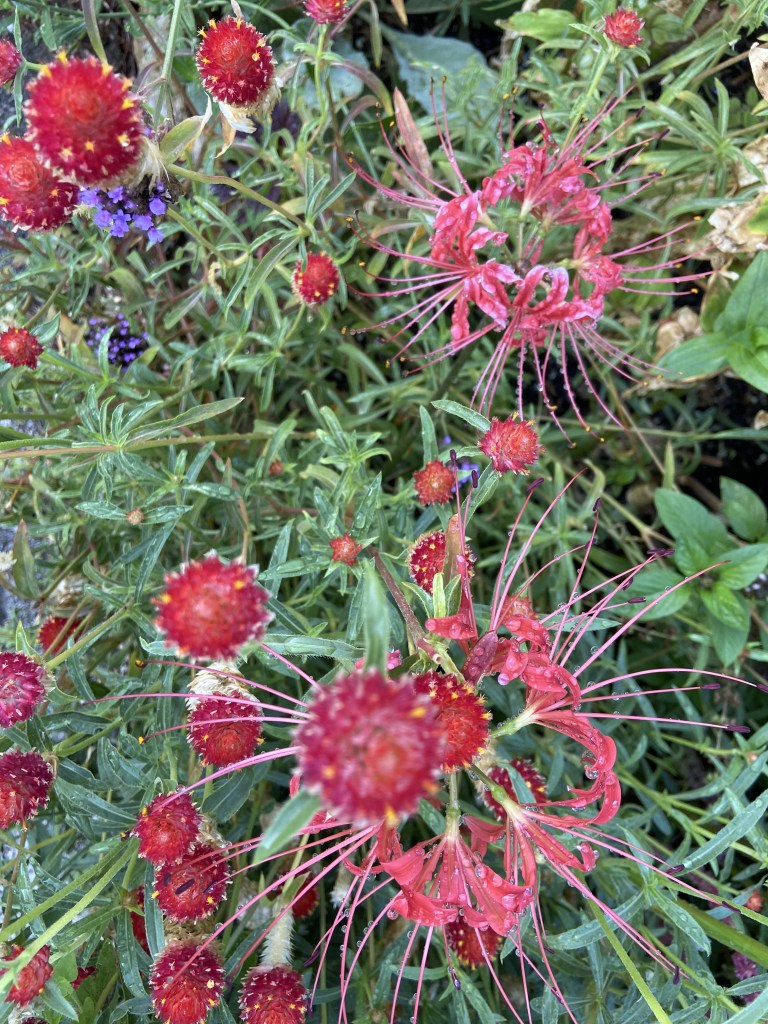March 27, 2024
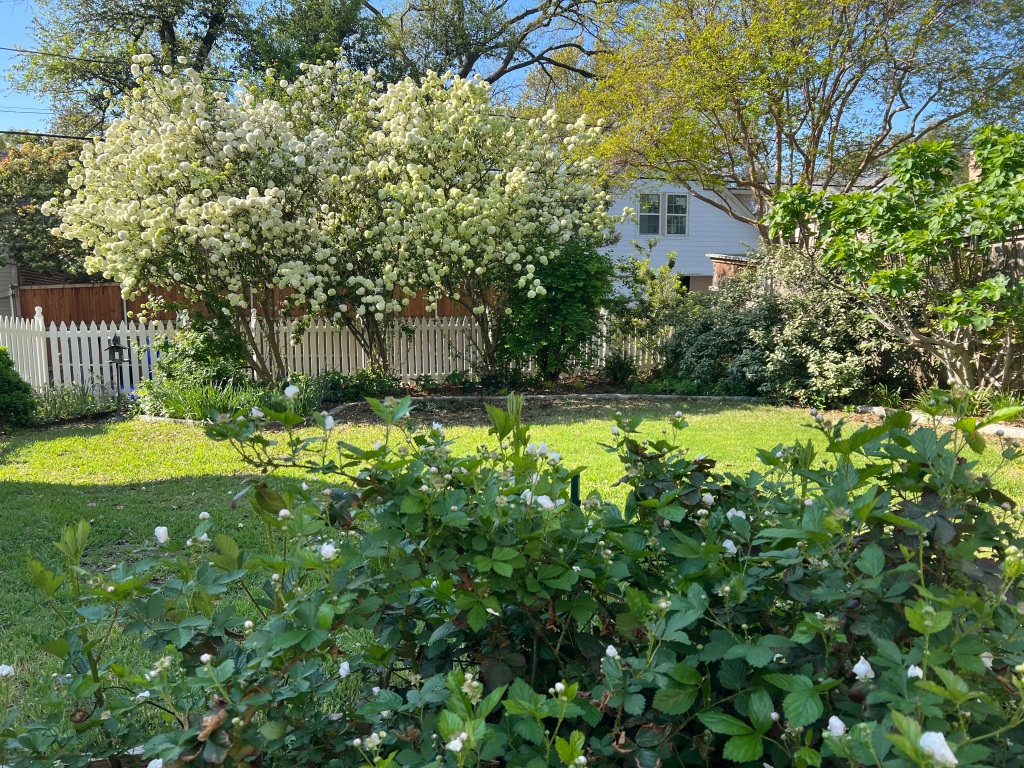
Spring comes and this is what I see every year out my south-facing windows. What a sight! I planted these 3 snowball viburnums 11 years ago. They have been the showiest, easiest plant choice I have ever made. The buds are chartreuse and and bloom into softball size white blossoms.
As you can see from my picture above, mine are now feet 15 tall and slightly crowded but I don’t mind. The winter honeysuckle that has gotten bigger than I ever expected is pushing one snowball to the East. It is going to be pruned!
Last year even with the unbearably hot temperatures, my viburnums bloomed a second time. There were’t as many blossoms but in that terrible summer heat it was nice to see a few snowballs.
Plant Attributes
- Common Name: Chinese snowball viburnum, Chinese snowball tree
- Botanical Name: Viburnum macrocephalum
- Family: Adoxaceae
- Plant Type: Perennial, Tree, Shrub
- Mature Size: 6–20 ft. tall, 6–15 ft. wide (grows larger in warmer climates)
- Sun Exposure: Full, Partial
- Soil Type: Well-drained loamy, sandy, or clay soil
- Soil pH: Acidic
- Bloom Time: Spring
- Flower Color: begins chartreuse then becomes white
- Hardiness Zones: 6–9 (USDA)
- In Dallas, Snowball Viburnums do not loose their leaves in winter
- Excellent cut flower with long vase life!
Ann Lamb, Dallas County Master Gardener Class of 2005




